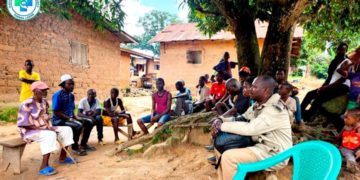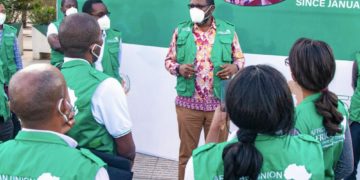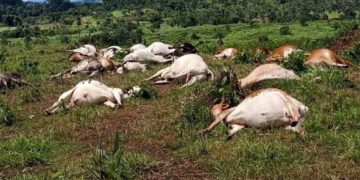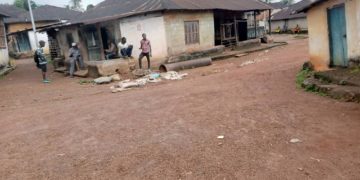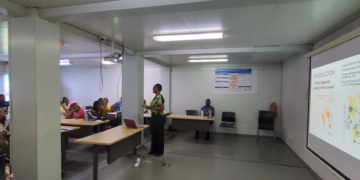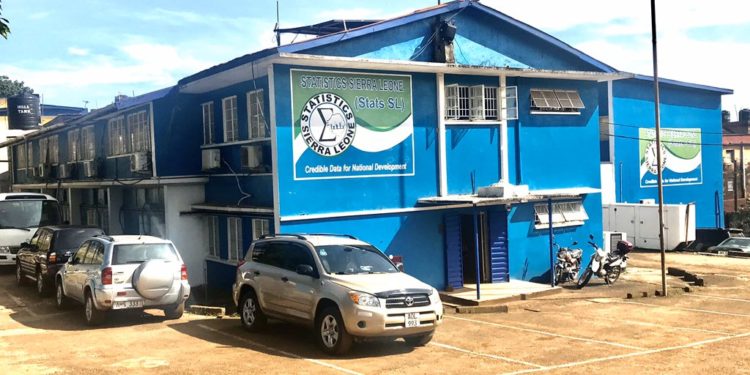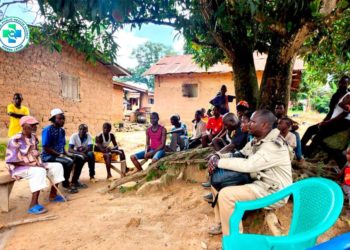Sierra Leone’s population increased by six percent in the last six years, data from the latest national census shows.
Provisional results of the 2021-Mid Term Population and Housing Census (MTPHC) released today, May 31, shows that the country’s population now stands at 7,541,641, up by 449,528 since the last census in 2015.
The results presented by Statistics Sierra Leone (STATS SL) also indicate that the female population is still higher than its male counterpart, comprising 3,716, 263 males and 3,825,378 females, making a sex ratio of 0.97 in favour of females.
The MTPHC census conducted in 2021 was the first ever Mid-Term Census in Sierra Leone. It was also the first time ever the country conducted a national population census exclusively with the aid of digital tools.
Statistician General and Chief Census Officer, Professor Osman Sankoh, described the development as a “remarkable achievement,” noting that it has positioned Sierra Leone as a leader in Africa.
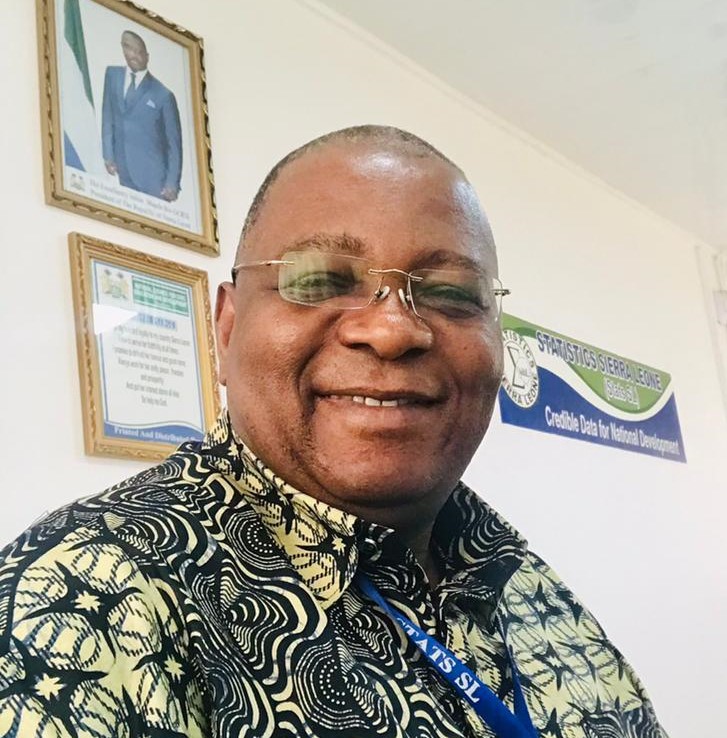
“Sierra Leone can now be proud of having conducted its first digital census, like a few other countries have done: Ghana, Kenya, Malawi and Botswana,” Prof. Sankoh said at the presentation ceremony at Stats SL’s head office on AJ Momoh Street in Freetown.
“It is good to see that Liberia, Nigeria and several others are now following us. We are a small country but we can also lead in Africa and we should be proud of this capacity God has given us as a country,” he added.
But the publication of the provisional data has attracted mixed reactions, with critics of the process questioning its authenticity. Some question the huge difference in the regional populations.
While the 2015 census showed that the northern region had the highest population with 2, 508 201, the new data reveals that the advantage has tilted towards the east with a population of 1,939,122.
It should be noted that during the 2015 census, the north comprised one whole region and a total of five districts. Two new districts were subsequently added and the region was split into two – northeast and northwest. This means that the combined northern region saw a reduction of its population by 5, 320, according to the latest data.
The Southern Region has the second highest population, with a total of 1,830,881, followed by the northeastern region at third place with 1,316,831. The Western Area (urban and rural combined) stands at fourth place with a total population of 1,268,757, followed by the northwestern region at fifth place with a total population of 1,186,050.
Further analysis of the data reveals that only the east and southern regions saw increase in their populations, with the east registering an addition of 296,752, while the south registered 389,573 more in its population.
By contrast, the north and western regions saw reductions in their populations of 5, 320 and 231, 477, respectively.
Freetown Mayor Yvonne Aki-Sawyer questioned the reduction in the population of the Western Area Urban, which entails the capital city and its environs. It had a population of 1,055, 964 in 2015, and according to the new data its population has reduced to 606,701, by almost half.
“Freetown is experiencing unprecedented rural-urban migration, with increased informal settlements and significant overcrowding straining service delivery. Freetown City Council property rate database has more that 107, 000 houses, excluding slums. [It is] incredulous to see claim that the city’s population (WAU) has almost halved,” she notes in a tweet.
A spokesman for Stats SL said the institution will address all queries during subsequent public engagement on the provisional results.
But it appears that the agency anticipated these questions, as noted in Prof. Sankoh’s statement at the presentation ceremony.
He said the results presented showed the population as it was on census night.
According to Prof. Sankoh, some people moved to their towns and villages to be counted during the census, a phenomenon he described as “the influential one night in-country census migration.
“It should therefore not be surprising that a city like Freetown lost most of its people to the influential one night in-country census migration. They travelled to villages, slept there on the census night and returned the following day. They were never counted in Freetown,” Prof. Sankoh said.
The head of the statistical agency added that chiefdoms, districts and collectively regions that are more successful in sensitizing their communities to spend the census night in their chiefdoms, districts and regions, would have more people reported in any census.
Another factor that may have affected the population of Freetown and the other regions is the mass boycott call by the main opposition All People’s Congress (APC) for the census process.
The APC was opposed to holding of a mid-term census, which some ot its members claimed was a ploy by the Bio administration to give the ruling Sierra Leone People’s Party an advantage in the next general elections.
Consequently, there were a lot of reports of enumerators been chased away by people in mostly opposition dominated regions of the northwest, declining to be counted. In some cases enumerators were physically abused, according to reports.

